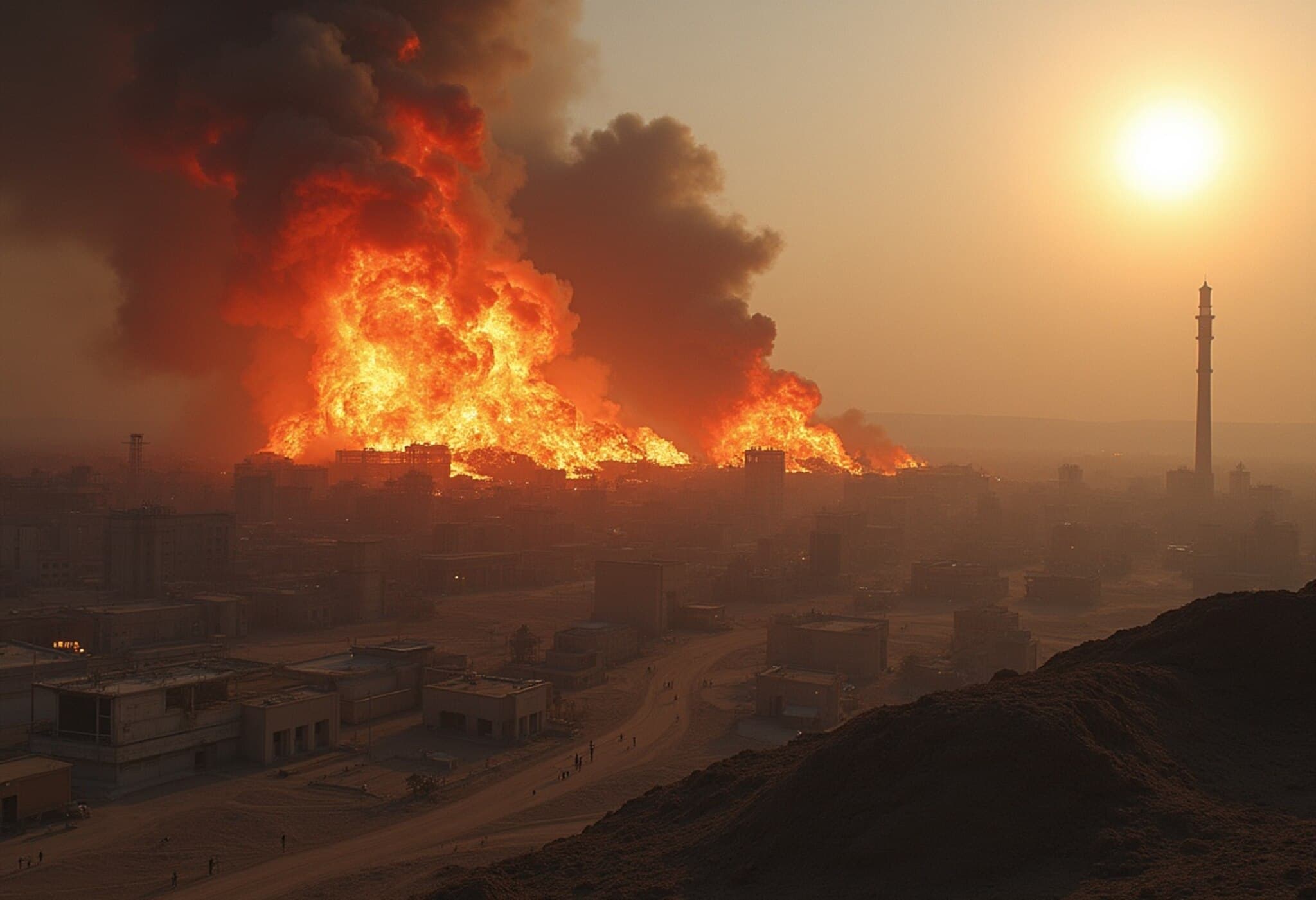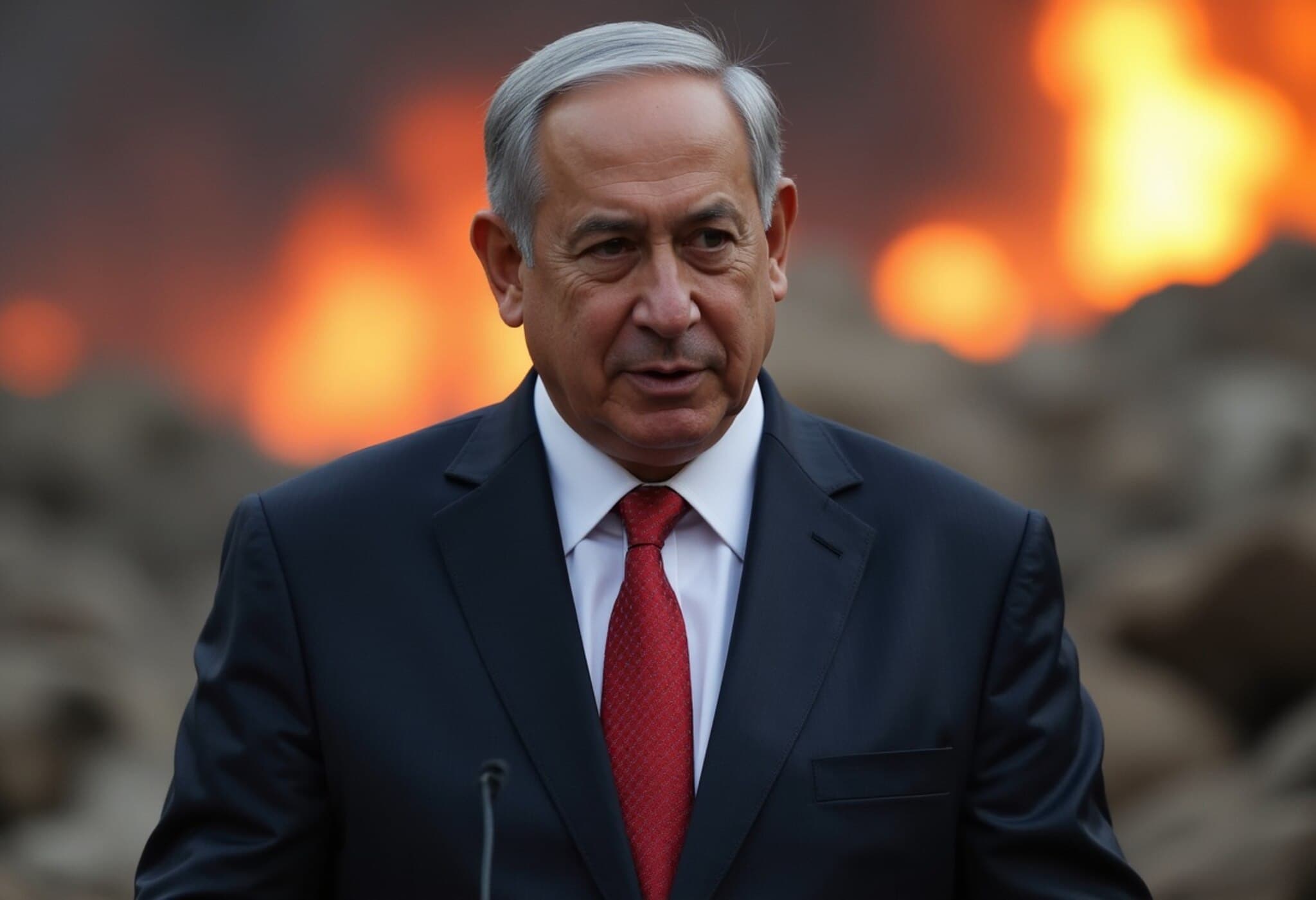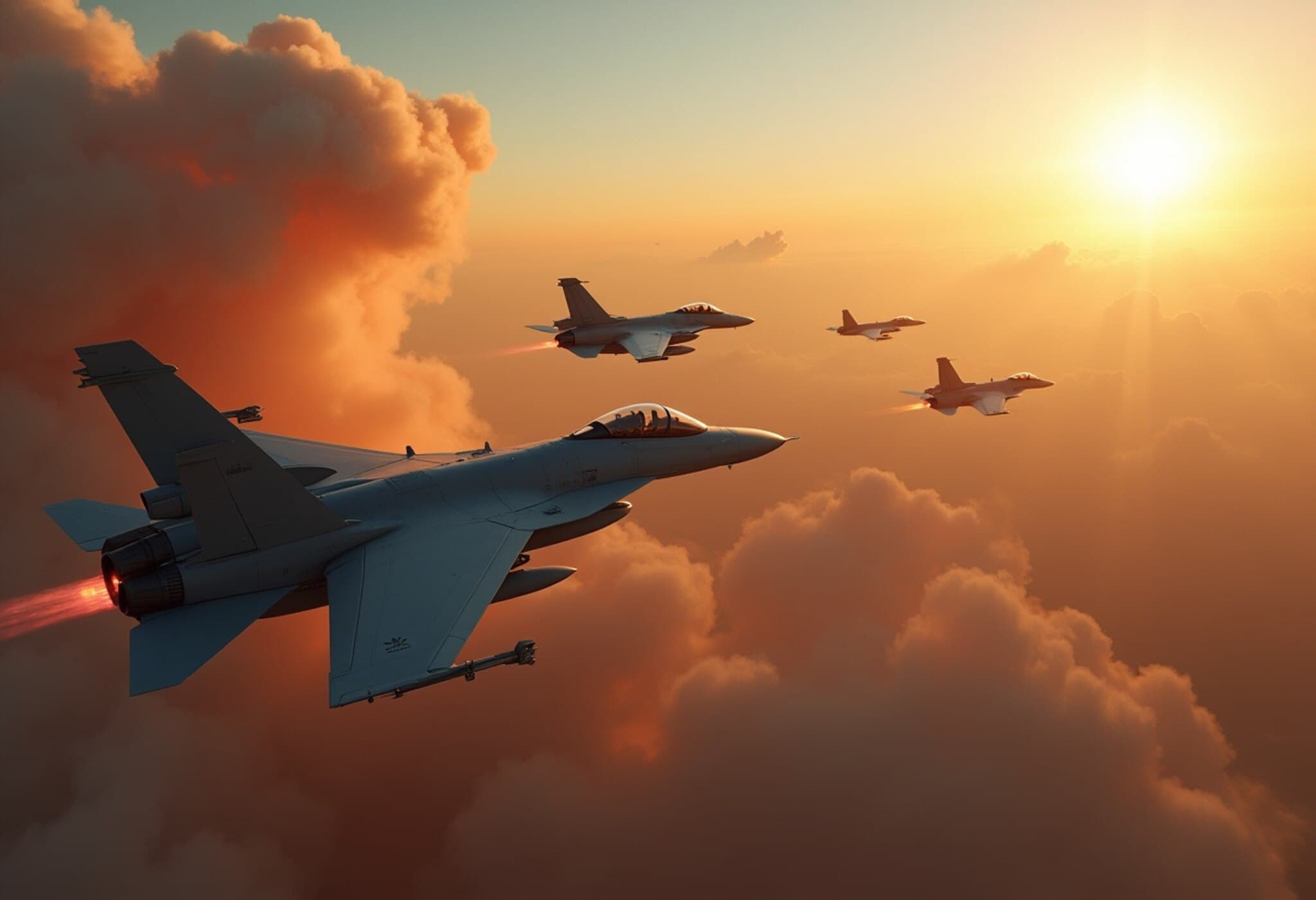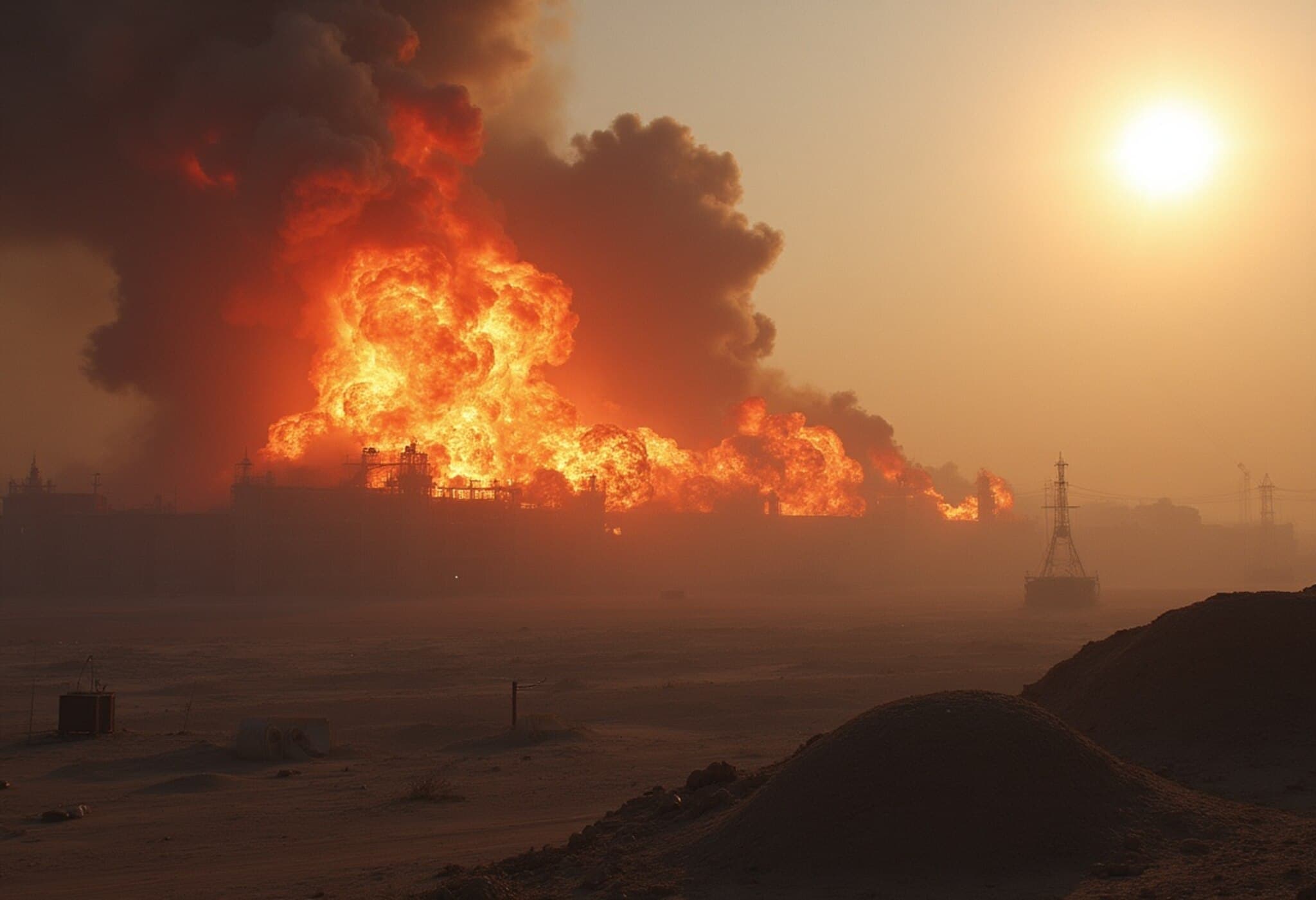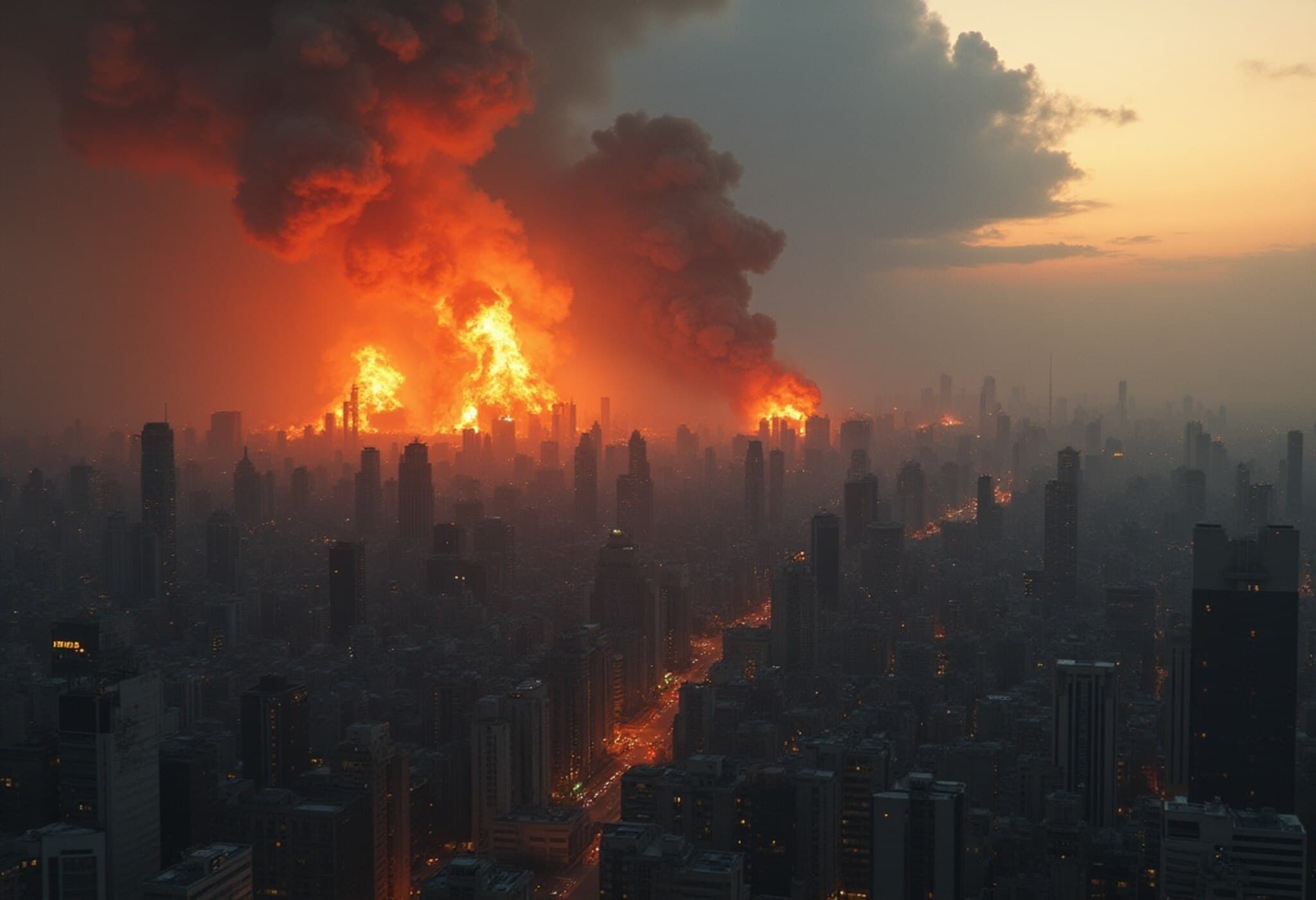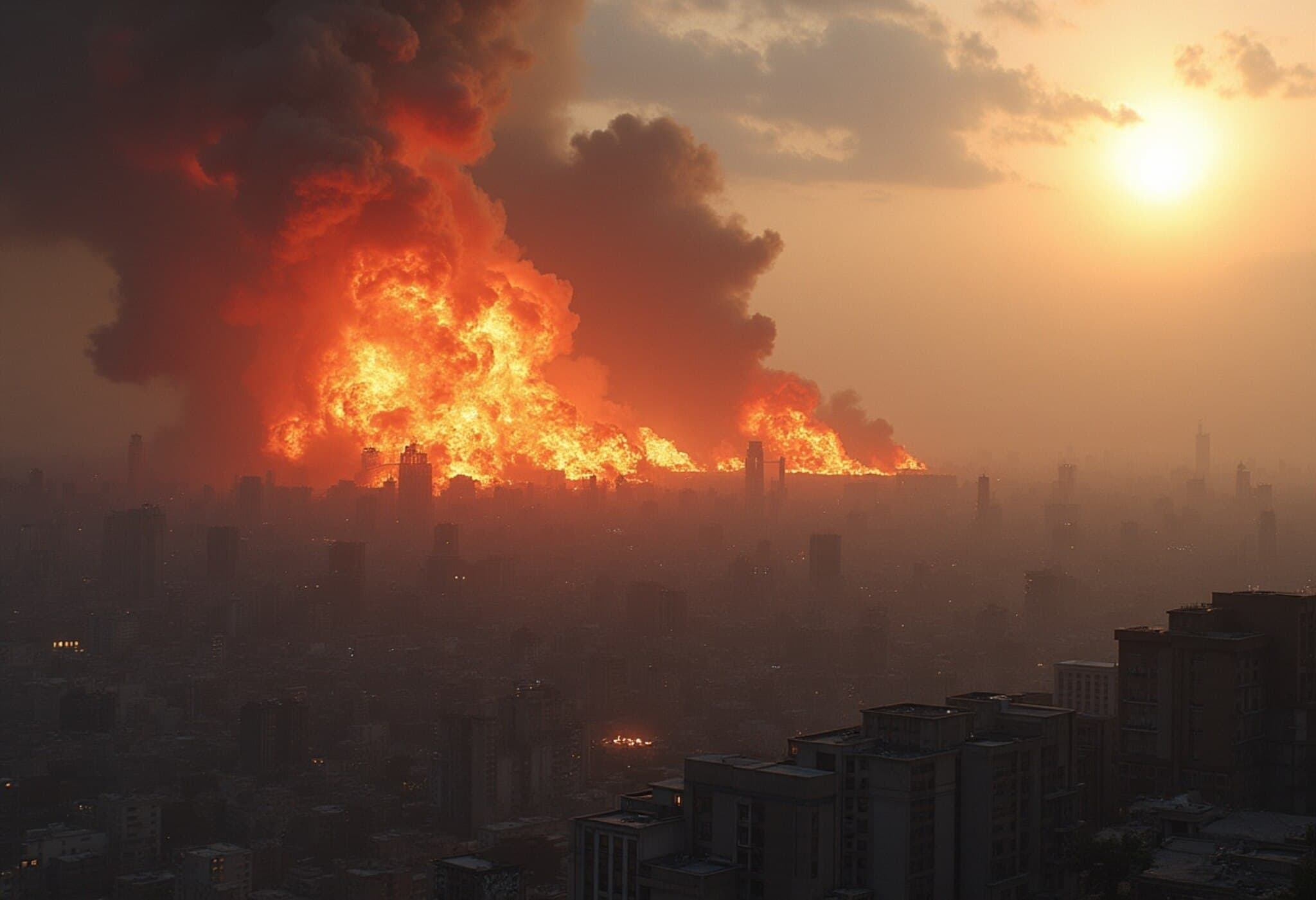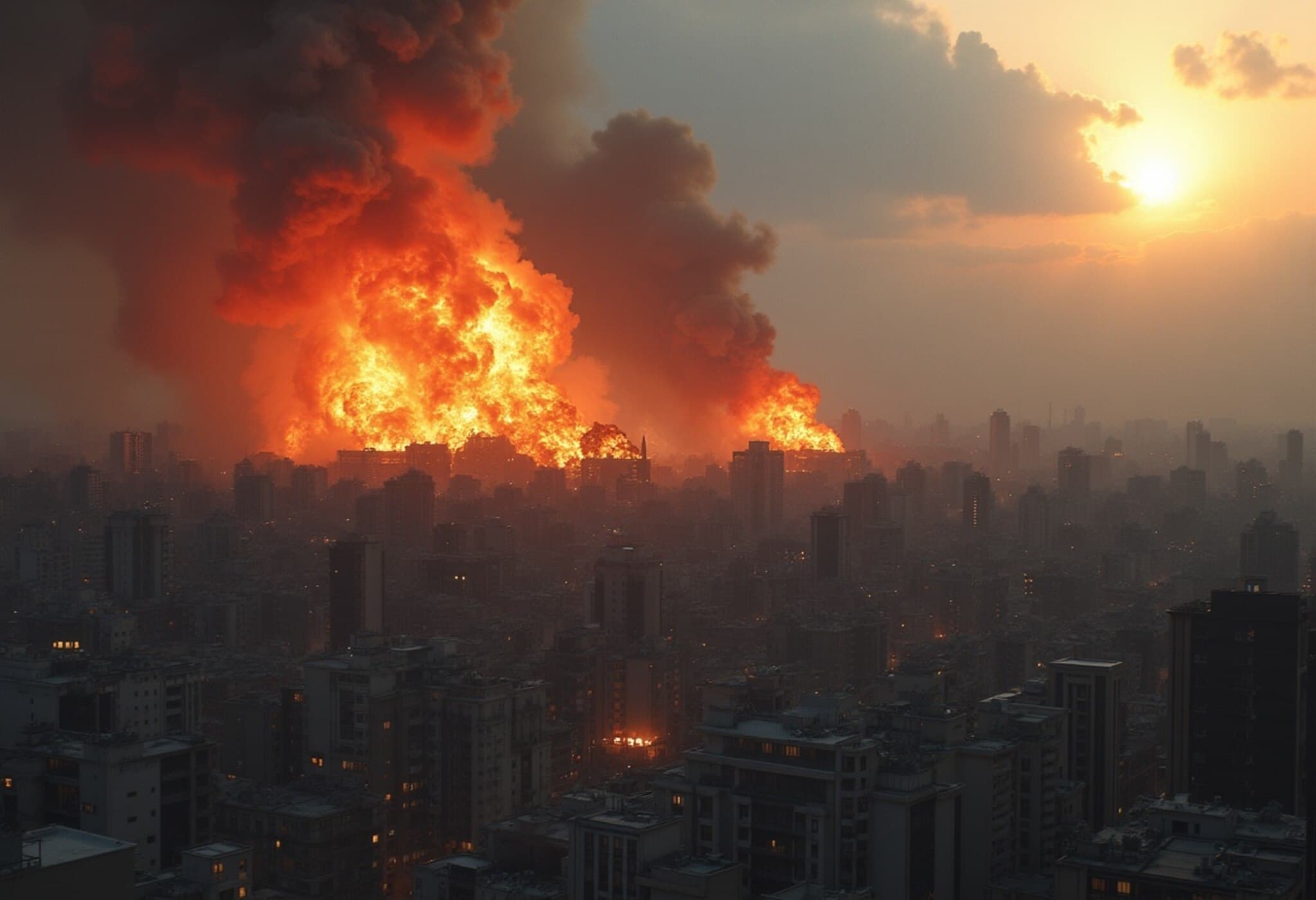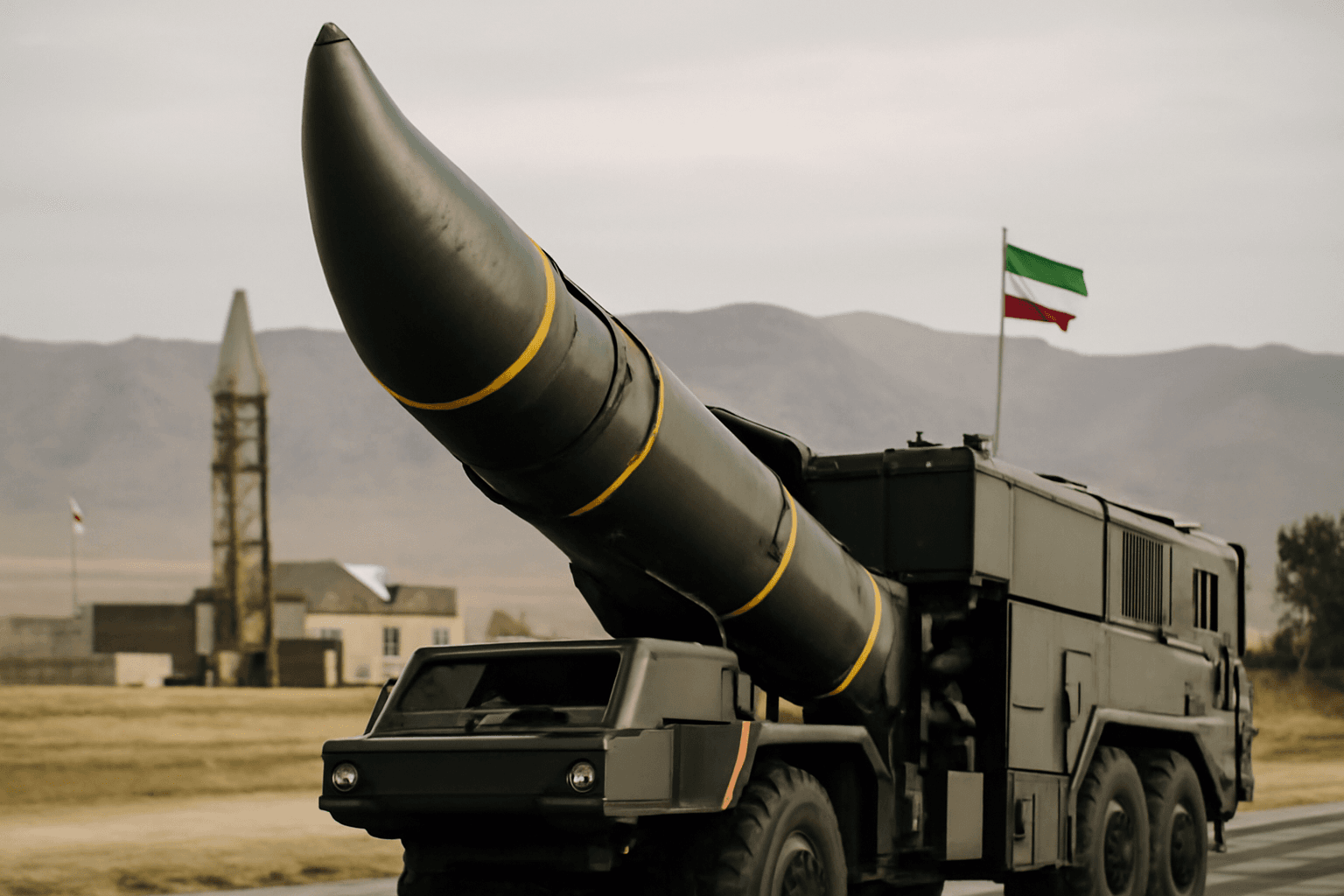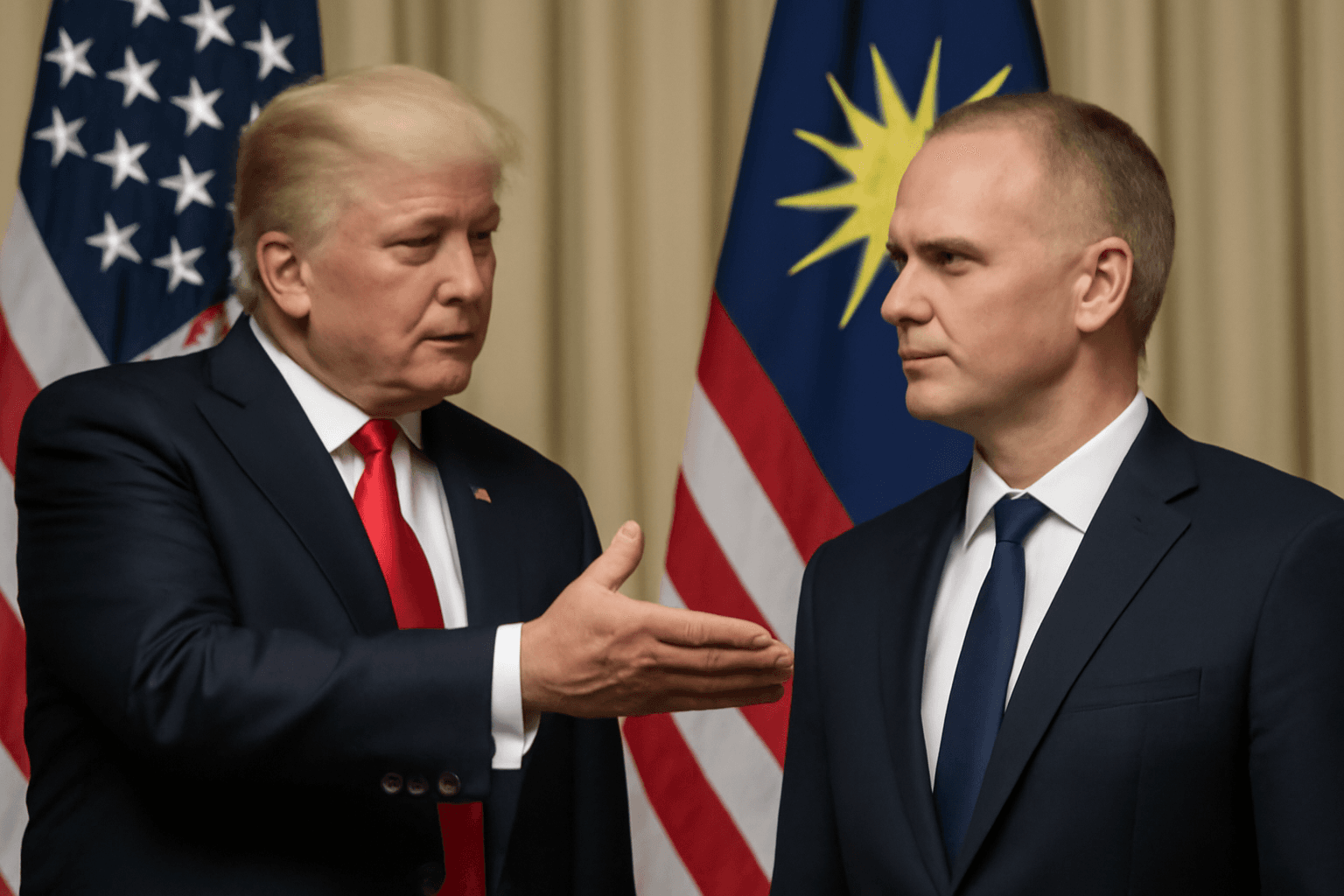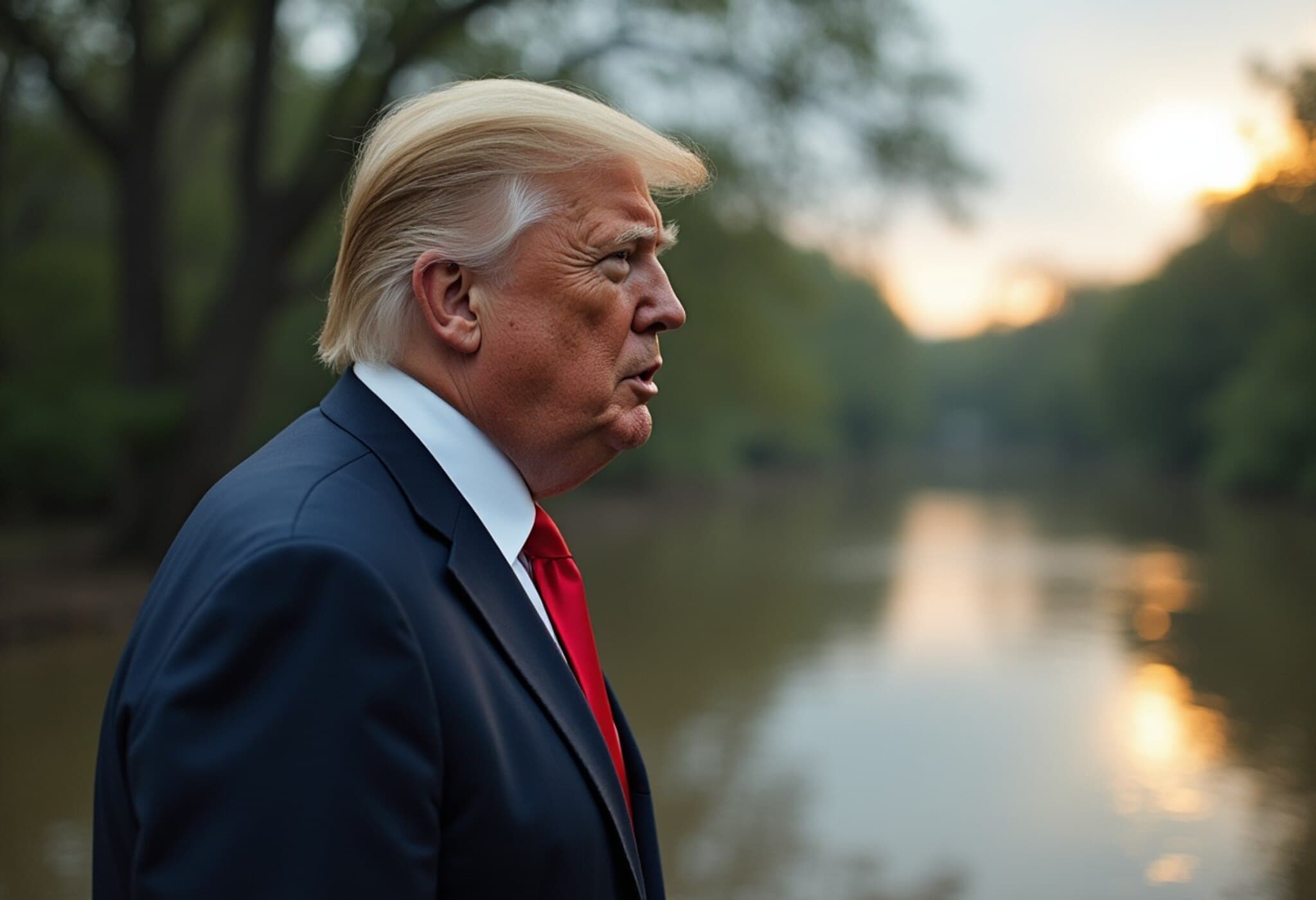Israel Flags Potential Uranium Recovery at Bombed Isfahan Nuclear Site
A senior Israeli official recently cautioned that Iran might still recover enriched uranium buried beneath the Isfahan nuclear site, which was targeted in a high-profile airstrike reportedly involving US forces. The warning underscores ongoing concerns about the durability of Iran’s nuclear infrastructure despite recent attacks.
Monitoring and Military Readiness at Isfahan
According to statements made during a press briefing in Washington, Israel is closely tracking Iran’s activity at the Isfahan facility. The official emphasized that should Tehran initiate any recovery operations, Israel is prepared to launch further strikes to prevent Iran from salvaging its nuclear materials or capabilities. This stance highlights the tension and continuous vigilance in the region amid nuclear proliferation fears.
Uncertainty Over Effectiveness of US Munitions
The US Defense Threat Reduction Agency, which provided the GBU-57 Massive Ordnance Penetrator—an advanced bunker-busting bomb used in the strikes—has yet to confirm if the weapon penetrated the site’s deepest layers. Without precise impact assessments from on-the-ground investigations, determining the extent of the damage and uranium disruption remains challenging. This uncertainty fuels debate among analysts about the operation’s long-term success.
Conflicting Reports on Damage Assessment
US President and intelligence sources have claimed the recent strikes significantly degraded Iran’s nuclear program, citing destruction at Isfahan alongside the Fordo and Natanz facilities. CIA Director John Ratcliffe noted credible intelligence indicating Iran’s metal conversion facility was dismantled. Conversely, Iranian officials, including President Masoud Pezeshkian, have downplayed the damage, stating the full extent is still unknown and suggesting a possible reopening of dialogue with the International Atomic Energy Agency (IAEA) pending restored site access.
IAEA Director Rafael Grossi has corroborated significant damage to Iran’s enrichment and conversion processes but warned that “if they so wish, they will be able to start doing this again,” underscoring the resilience of Iran’s nuclear ambitions.
Strategic and Policy Implications
This episode reveals layered challenges in curbing Iran’s nuclear program. On one hand, the US-Israeli coalition has demonstrated military reach and determination to disrupt nuclear development. On the other, the ambiguity about uranium recovery capabilities and the physical impact of strikes raises questions about how sustainable these efforts are without parallel diplomatic strategies.
- From a US policy perspective, reliance on precision strikes must be balanced with intelligence verification and international oversight.
- For Israel, continued readiness to intervene reflects its existential concerns about nuclear-armed neighbors.
- Diplomatically, Iran’s willingness to possibly reengage with the IAEA could open avenues for monitoring, though mutual mistrust remains a formidable barrier.
Underreported Angle: The Risks of Nuclear Material Recovery
Experts warn that should Iran recover enriched uranium after bombardment, it might expedite nuclear weaponization due to salvaging previously processed materials that otherwise would be inaccessible. This risk complicates assessments of the ‘success’ of military actions and spotlights the nuanced interplay of offense and countermeasures in nuclear non-proliferation efforts.
Looking Ahead
The battle over Iran’s nuclear sites segments a broader geopolitical struggle, with the prospect of renewed sanctions, covert operations, or renewed talks. This delicate balance demands careful calibration from global stakeholders to avoid escalation while effectively containing proliferation threats.
While recent airstrikes have visibly damaged Iran’s nuclear facilities, uncertainty about the full impact—particularly whether Iran can retrieve buried enriched uranium—remains a critical concern. This scenario challenges policymakers to rethink reliance on kinetic actions alone and emphasizes the importance of integrating intelligence, diplomacy, and international oversight. As tensions simmer, the risk of nuclear material recovery potentially fast-tracking Iran’s capabilities adds a layer of urgency to diplomatic efforts. Readers should consider how continued conflict or cooperation might shape regional and global security in the coming months.

